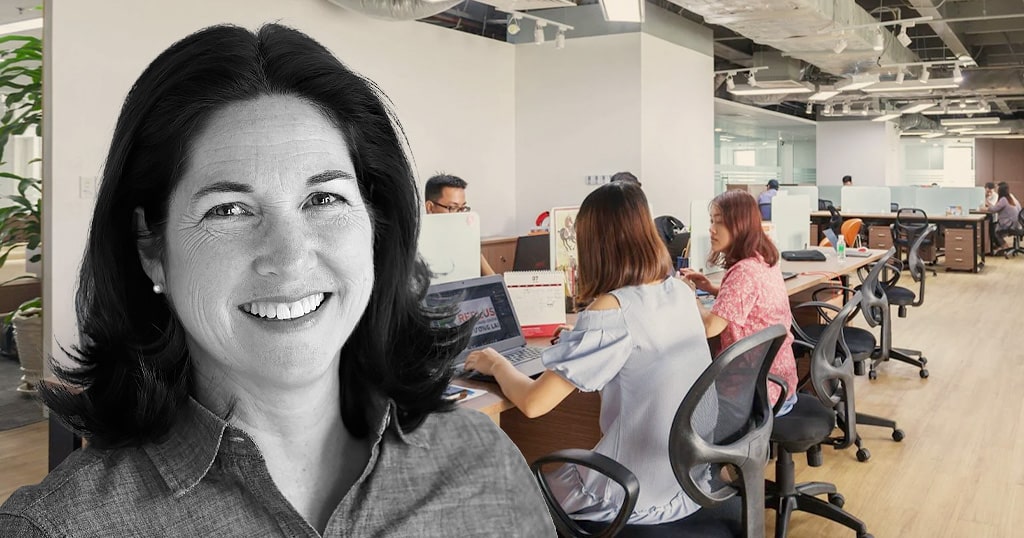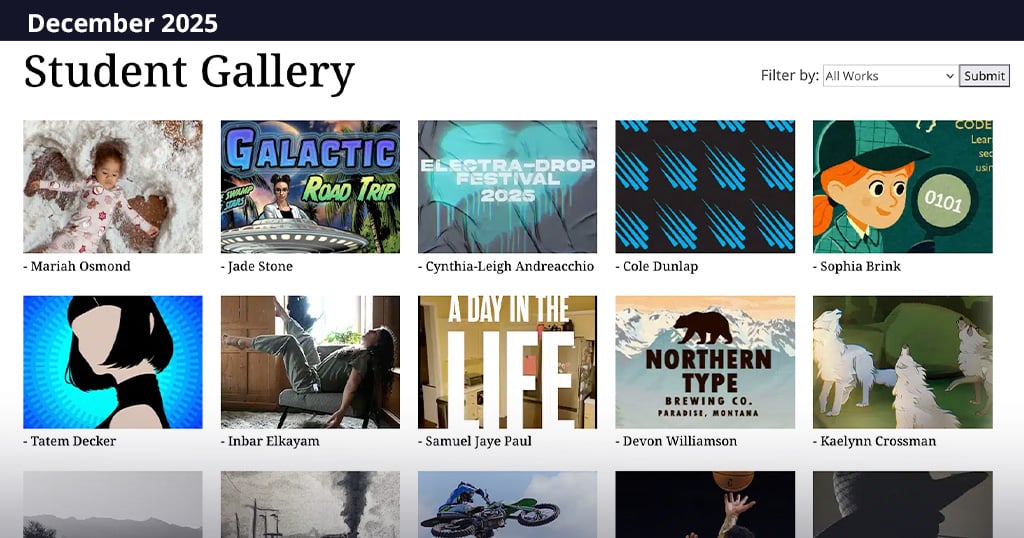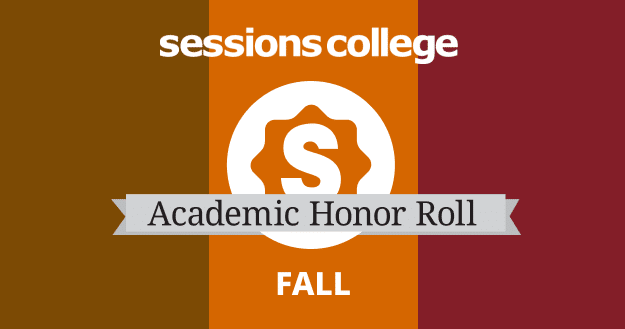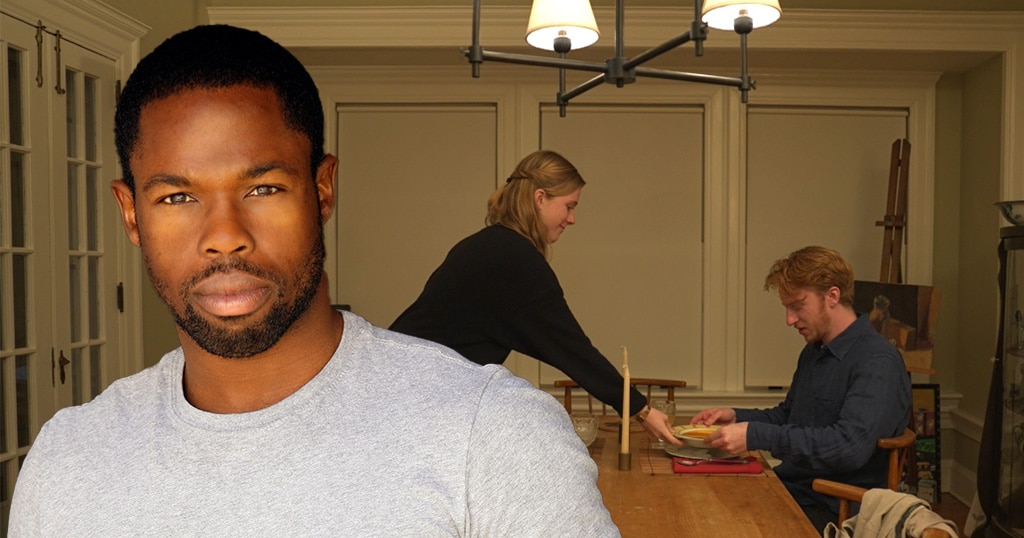Advisory Sessions: Conveying Your Values in Your Portfolio

Q: What type(s) of companies are hiring individuals in your industry?
Design, marketing, and advertising agencies are hiring designers, as are commercial printers and companies and organizations with in-house creative teams (all industries).
It seems like everybody, meaning companies and organizations, is really starting to understand what design can do to make their businesses run better.
Companies are continually promoting themselves and their products and services in as many relevant touch points as possible. This involves not just the logo in the visuals, but how the company manages its identity in every way that faces the public. I see graphic designers being hired not only in agencies for design and advertising, but also for entertainment.
Q: What advice do you have for a graduate regarding the job search and interview process? How can they stand out from the crowd?
There are many things a design graduate should be thinking about as they prepare to enter the workforce. Here are some general tips for success:
- Develop portfolios (web, digital, PDF, and printed) that show high-quality work and case studies that highlight their design thinking and design process
- Seek internships
- Seek a mentor in the industry
- Meet with local professional designers for informational interviews
- Join professional organizations or create one
- Have an active social media presence—LinkedIn, Instagram, X, Behance, and so on
- Know how to talk about their work to anyone
- Be organized and have excellent work habits
- Have a personal brand: a business card, note cards for thank yous, resume, letterhead, email signature
- Know how to use industry-standard software for their area of expertise
- Combine their passions with creative work
Q: What technical skills are in demand?
Figma is really important to be learning at this point. It’s industry standard, I would say, for anybody kind of 30 and under. And everybody’s learning it. A graduate or job applicant needs to know how to create digital mockups and how to prepare files for printers—all those kinds of essential skills that are going to be really needed right off the bat, whether they’re doing just a little flier or a billboard or a whatever.
As far as web design goes, I think it’s still important to know the basics of HTML, even though nobody’s designing websites using that solely right now.
Q: What should be included in a job applicant’s portfolio?
Hiring managers looks for the essentials. For example, how do you draw packaging? Can you handle basic illustration and photo editing, and are you able to combine those visual elements to create a design?
When a graduate is able to showcase a really powerful set of pieces, as I call it, a “system of design,” that’s impressive to the employer, even if they’re not in the same industry, because they can see that someone can go from beginning to end.
I also like to see case studies that include everything from the project objectives through research, ideation exercises, mind mapping, lists and thumbnails, sketches, and refined sketches—lots of sketches! You like to see how someone can develop design components. Maybe it’s a logo or a poster, and in the beginning, the process is kind of the same, and then it branches out depending on where the project goes.
Q: What should be in a digital or online portfolio?
I like students to have their own website, which can be done using a service like Behance, but I really encourage students to use something more professional and also create what we call an interview PDF. Instead of the applicant going to their website, the designer has more control if we give a client a PDF that they can walk through, step by step, to say “This is who I am. These are some of the projects I’ve worked on.” The package should include a couple of case studies from beginning to end of production, and a thank you and contact information sheet at the end.
A designer should have a personal brand so that everything, all their materials, looks cohesive. The resume should match the cover letter, the portfolio, and the website. You want to see a student impart their personal branding and their values and personality into those materials without overpowering any of the artwork or the things that they are showing.
Q: How can a designer impart their own values in their work?
We don’t want it to be heavy handed, but a beginning designer can convey their values through a pro bono piece. I think a lot of designers can show some of their values based on the projects that they’re working on, and then show their positivity by how they talk about their projects and how they meet the objectives. Because that basically conveys their professionalism. In addition, how they represent their work ethic is important. Do they show up on time?
More broadly, I think we need to ask the students what their hopes and dreams are, what their career goals are. What are their other interests? I think that is really important. To work with a diverse population of students is to understand branding in a way that means communicating ethnically, and culturally, and embracing all of that. It is important to allow students to express their own ethnicity and their cultures in some of their project work.
Q: What do you think a graduate should know about AI for your creative industry?
Obviously AI is going to be bigger than anything, but, right now, it reminds me of when desktop publishing arrived. We’re transitioning to a new technology and people are just beginning to understand how to use it.
For myself, because I have traditional skills, I like to know why I use a new tool like AI instead of just using the tool blindly.
AI is improving all the time, of course. Recently I was doing some mural and I needed to extend an image and I could not figure out how do it using Photoshop AI. So, I just ended up doing it myself, which probably took longer, but the result was better.
As an educator I enjoy seeing our students develop ideas. If you’re accustomed to seeing the process, you can see when there’s a big gap, for example when someone’s sketches are not at all like a finished design. It can be obvious when someone takes a shortcut.
To learn more about the industry pros that make up the Sessions College Advisory Board, visit the Advisory Board page. The Advisory is a team of senior professionals who provide workplace assessment and program review feedback to ensure that our programs keep pace with the requirements of a constantly changing industry.

Dr. Epstein is the Dean of Academic Affairs at Sessions College. A former Dean at the Art Institute of Phoenix, Meryl has extensive experience in design, education, and leading academic teams. Meryl has designed museums and was the recipient of the first Arizona AIGA fellow award. Read more articles by Meryl.
RECENTLY ON CAMPUS





